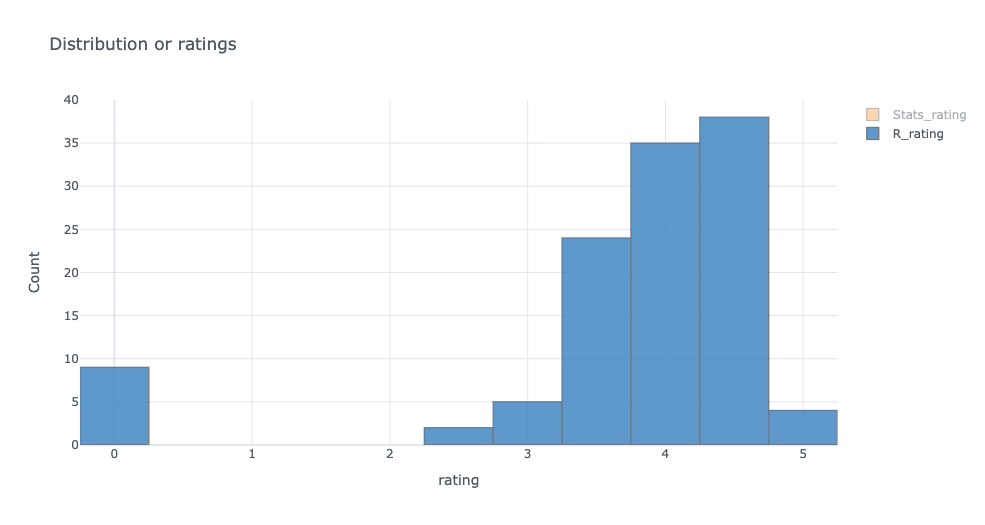Data Science Courses on Udemy: Comparative Analysis
Posted by Khamanna Iskandarova
Updated: Dec 5, 2020

While there's an abundance of many different course topics on Udemy, four out of five top rated Udemy Instructors teach Data Science. It's easy to understand why people purchase them - the courses are not expensive and you own them for lifetime.
At the same time the number of instructors seems to be multiplying with each year. This article gives a clue as to why - the cost of starting your own course is zero to none. You pay Udemy from the your revenues. Additionally, it does all the advertisement for you. I decided to scrape Udemy Data Science courses to see which course a prospective Udemy startup might want to host. I looked at three different topics: Python for Data Science, R-programming for Data Science and Statistics for Data Science. All three were filtered for English language.
I dismissed exploring Python courses as the topic seems to be extremely saturated. Even if filtered for Data Science and English language it returned over 2,000 results. Unlike Python, after being scraped, Statistics and R-programming filtered for Data Science returned 154 and 127 results respectively. See Statistics and R-programming.
Udemy uses Json scripts, so I had to use selenium for scraping. As previously mentioned, I scraped two different url's, Statistics for Data Science and R for Data Science.
Let's look at the number of votes for courses under each topic to have an idea of how popular the topic is. Both R-programming and Statistics courses received a fair share of votes - it's 72,986 votes for R and 52,931 votes for Statistics.
If we treat the voters as our population we could look for clues when studying the distribution of the votes.
The graph for R-programming looks pretty dispersed. A great majority of courses are given the votes of 3.6 to 4.8:

The Statistics courses graph is visibly pointier with the votes centered around the range from 4.1 to 4.8 and with a solid number of courses hugely downrated. Also, a noticeable portion of the courses has been awarded 5 stars.

The difference in ratings is more obvious when we put the graphs together to compare the ratings.

One possible conclusion would be that it's riskier to start your own course in Statistics than in R-programming.
You may think that the dispersion is due to the higher number of votes for R courses. Interestingly, there's lack of significant correlation between the number of voters and received ratings.

Let's explore the pricing and its distribution for both topics. On the website the courses are highly priced. However, scraping returned much lower prices. It grabs the prices after all the discounts are being applied to them.

The larger chunk of R courses is priced from $9.99 to $14.99, when Statistics courses cost a bit more - starting at $12.99. The recommendation for a start up would be to price his course accordingly and not deviate much from the prices within the topic. However, a closer look at the outlier in Statistics, priced for $30.99 suggests that a deviation in pricing is not penalized if the course material is good. See the outlier in the table below:

The outlier (in regards to pricing) is well over 5,000 votes with a rating of 4.6.
Overall, Udemy is worthy to look into if you have enough material for a course and you believe the content is of value. The suggestion is to start with a less risky course which is R-programming in this case and price it accordingly.
The GitHub to this work could be found here
Thank you for reading,
Khamanna
Khamanna Iskandarova
View all articlesTopics from this blog: python Web Scraping Student Works Selenium